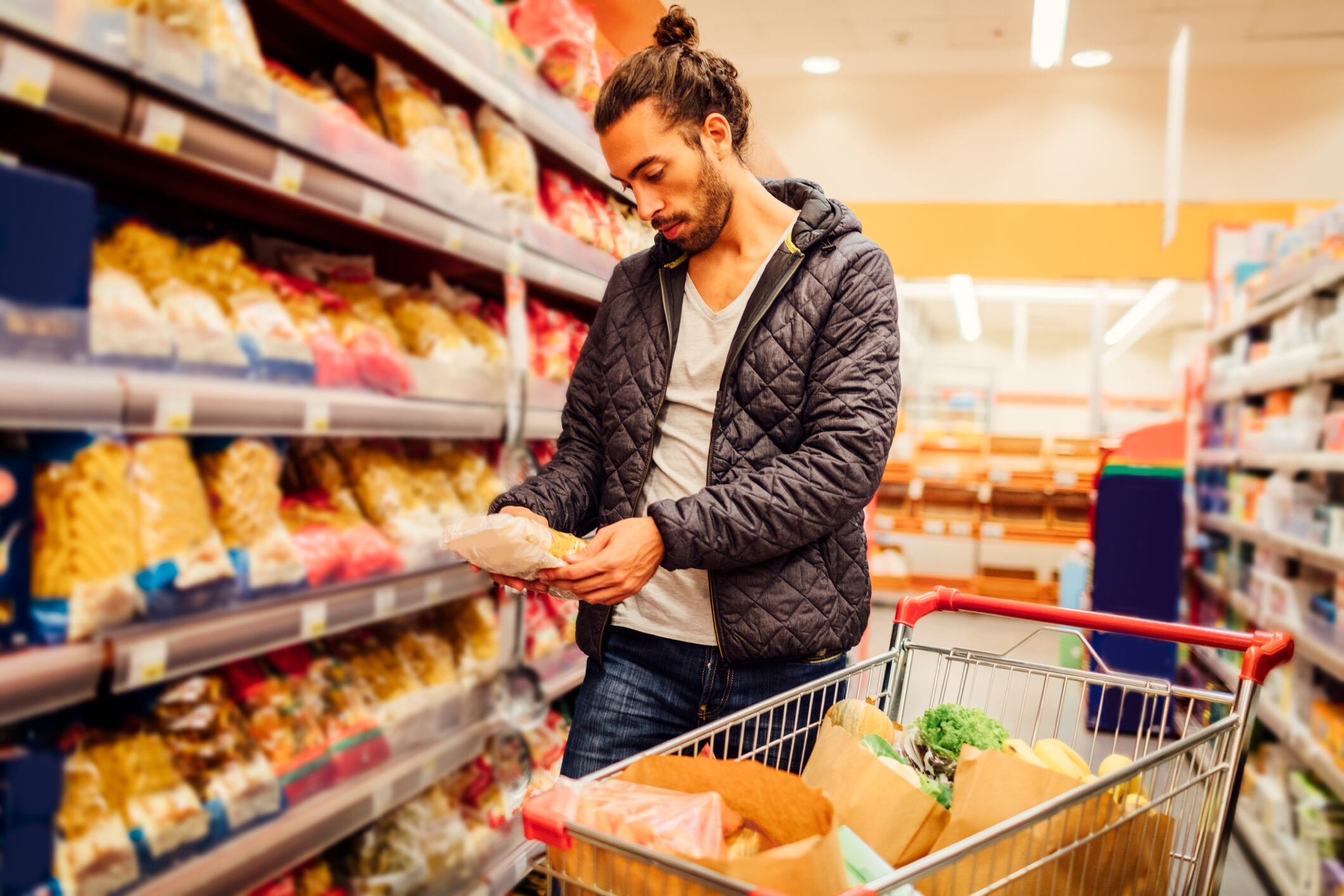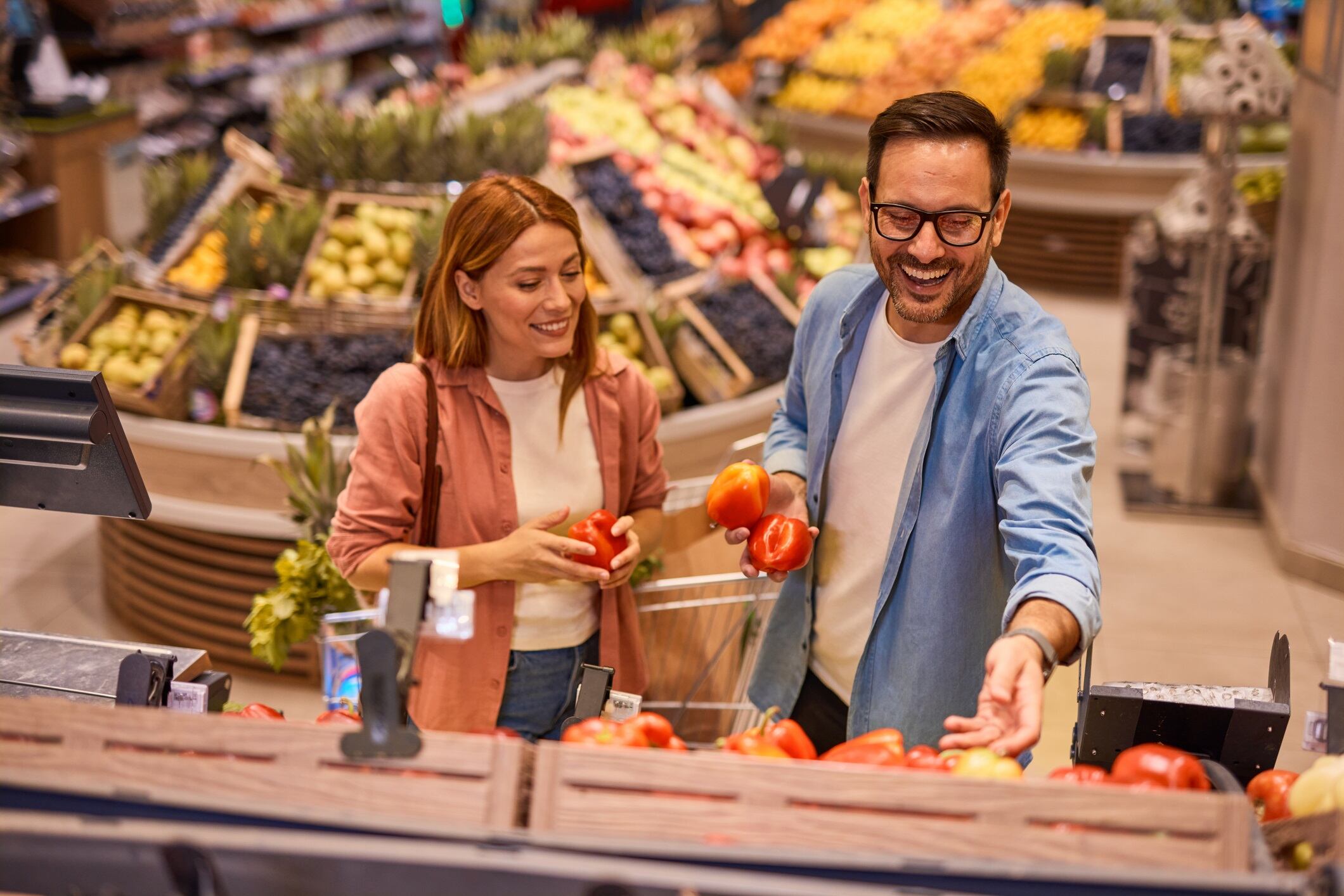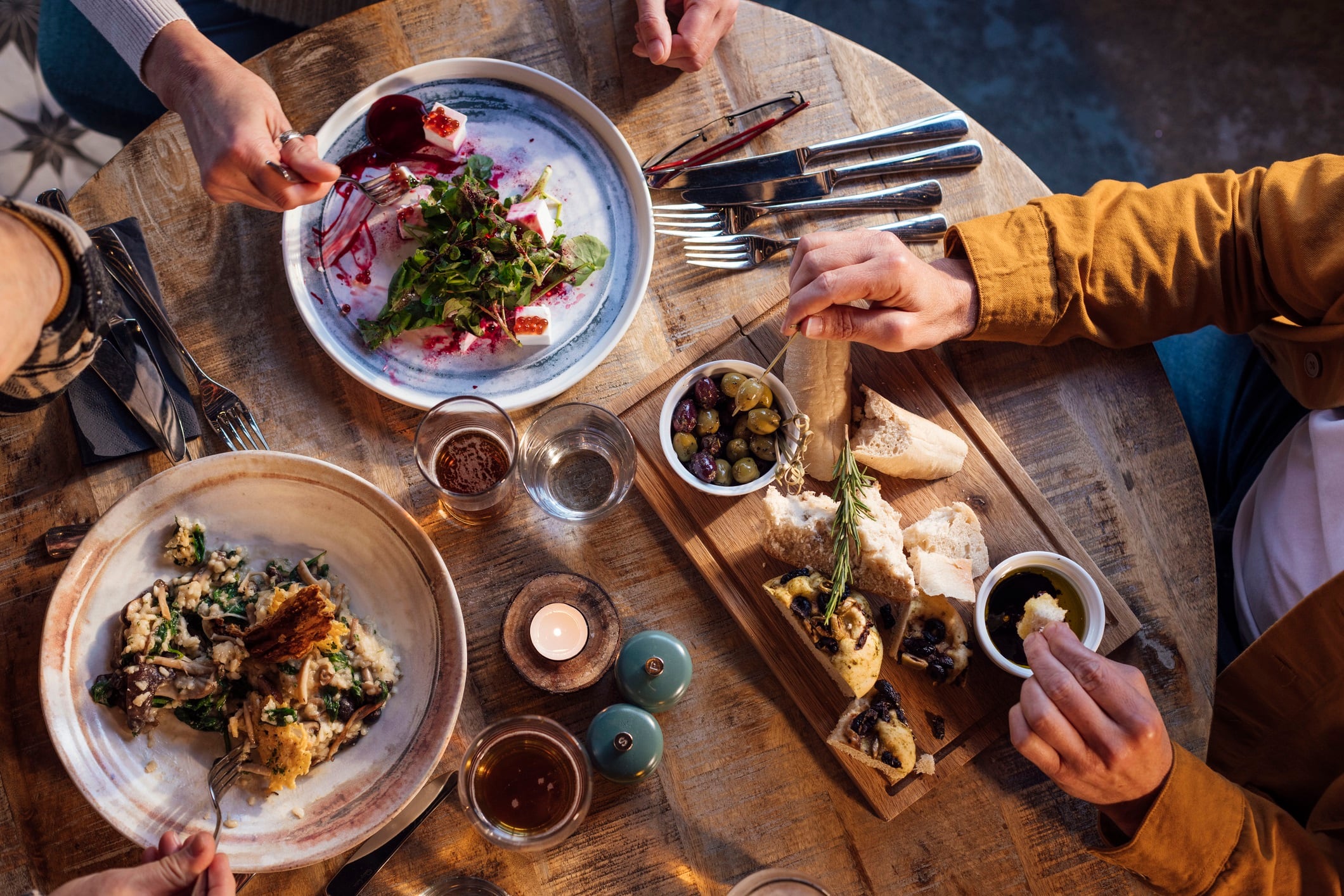Convenience channel sales, categorised by smaller, easily-accessible shops, are growing fast. And this growth isn’t in any one market either, it’s a global trend with a CAGR of 4.1%, and a projected market value of over $1tn (€899bn) by 2029 (IGD Retail).
Why is the convenience market growing so fast?
The obvious answer as to why consumers are increasingly opting to shop at convenience stores is, of course, convenience.
Convenience stores are based in cities and towns, close to where many people work, they stock the essentials for breakfasts, lunches and dinners, and they are open for longer hours than most out-of-town supermarkets meaning they’re available before, during and after work.
But the reasons go deeper than that. The way consumers eat has also changed, with a noticeable shift towards all things convenience.
Sales of convenience foods such as ready meals and pre-prepared ingredients such as chopped vegetables are also rising, with a net increase of 3% in convenience food usage observed globally, according to Innova Market Insights.
What’s more, this trend is being powered by the younger generation of consumers, meaning it’s likely to grow with them, particularly as family dynamics continue to change and evolve. Because, while previous generations often relied upon one adult member of the family working and the other managing the home, now both adults tend to work, allowing less time for household tasks like cooking.
Plus, many consumers are reducing the effort involved in home cooking by choosing simpler recipes.
“Home cooks prioritise convenience, with 73% preferring recipes with a short list of ingredients and 64% opting for dishes that only require one pot or tray,” says Isabelle Shilling, research analyst for Mintel.
This means larger supermarkets, with wider ingredient ranges, are no longer required as consumers can get everything they need from smaller stores.
What are convenience channels in food and beverage?
Convenience channels refer to smaller, local retail outlets, such as Little Waitrose and Sainsbury's Local, where food and beverage items can be purchased without the hassle of travelling to a larger out-of-town store.
Their smaller size means they offer a limited selection of food and beverage items. This selection tends to include essentials like bread and milk, treats such as biscuits and chocolates, and beverages including wines, beers, spirits and soft drinks.
Most powerful markets for convenience shopping
Convenience channel growth is strongest in North America, Europe, and Asia, with those regions projected to take a 93.4% market share of all convenience store sales by 2029 (IGD Retail).
In terms of growth, Europe is currently experiencing the largest increase in market share, driven by its three largest markets for convenience - UK, Poland and Russia.
Convenience stores tend to charge higher prices than supermarkets, with consumer watchdog Which? finding that some charge up to twice the price for the same items. However this doesn’t seem to be deterring consumers, showing just how powerful the convenience trend is. Though there are other factors in play.
Last year, Which? mapped where people are most likely to struggle to access affordable food, as part of its Priority Places for Food Index. It found that many of these communities are characterised by poor proximity to large supermarkets, relatively poor online-delivery access and socio-economic barriers such as fuel poverty, all of which can lead to a greater reliance on convenience stores.

How are retailers adapting to the changes?
Retailers keen to capitalise on this trend have been focussing heavily on their convenience store offerings.
Asda has announced plans to open 25 new convenience store locations between.
Waitrose is planning to open 100 new convenience stores as part of a major investment in its store estate.
Marks and Spencer has unveiled plans to open 10 new convenience stores.
And Morrisons has rolled out plans to open 400 more Morrisons Daily convenience stores.
Meanwhile Germany’s roadside convenience store, Lekkerland opened its first 24/7 Smart Lounge, which allows shoppers to consume snacks and drinks while charging their devices.
And US retailer Hy-Vee is working to change consumer perceptions of convenience stores with their new Fast & Fresh stores, which combine grocery essentials and high-quality prepared meals, going beyond typical convenience offerings.





